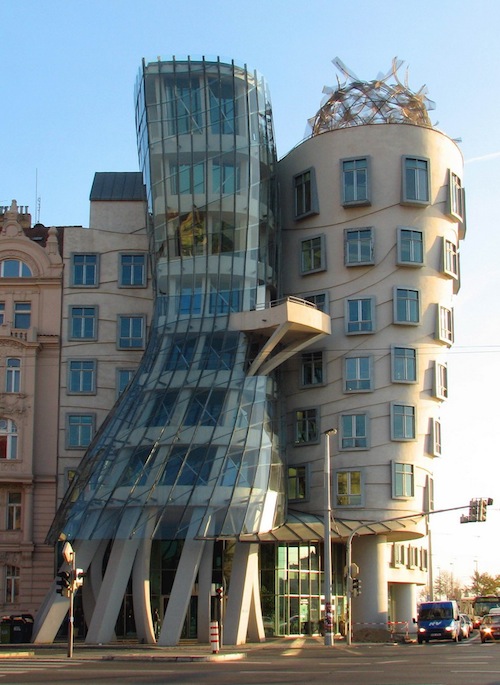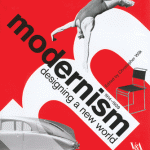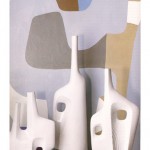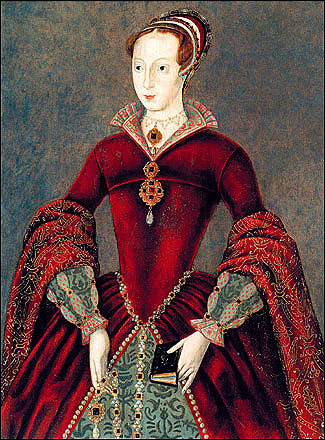Modernism is more a way of thinking than a style. Modernists believed that the design of an object should be based purely on its purpose – that ‘form follows function’.
History
It was perhaps difficult to imagine how radical the idea of having no extra ornamentation in a room was at the beginning of the 20th century. It was a total departure from the obsession with historical revivals from neo-rococo to neo-Gothic that had not only dominated the Victorian years but for centuries before.
Modernism really took hold in Europe – where it became known as the international style – and particularly in Germany, with the Bauhaus movement, and Italy. At a comparable time, England was caught up in the fashions of art deco, art nouveau and Edwardian style. It was not until after World War I that the influence of modernism really began to be felt.
Style
- under-furnished, austere spaces
- use of tubular steel, plastic, laminated plywood, fibreglass
- abstract motifs
- bold primary colours
Influences
- industrial revolution
- growth of consumerism after World War I
- arts and crafts movement – shared its dislike of ornamentation
- engineering – methods such as the cantilever principle which was used for furniture construction
The names
- Frank Lloyd Wright – architect
- Mies van der Rohe – designer and director of the Bauhaus art school
- Le Corbusier – Swiss architect and designer

















